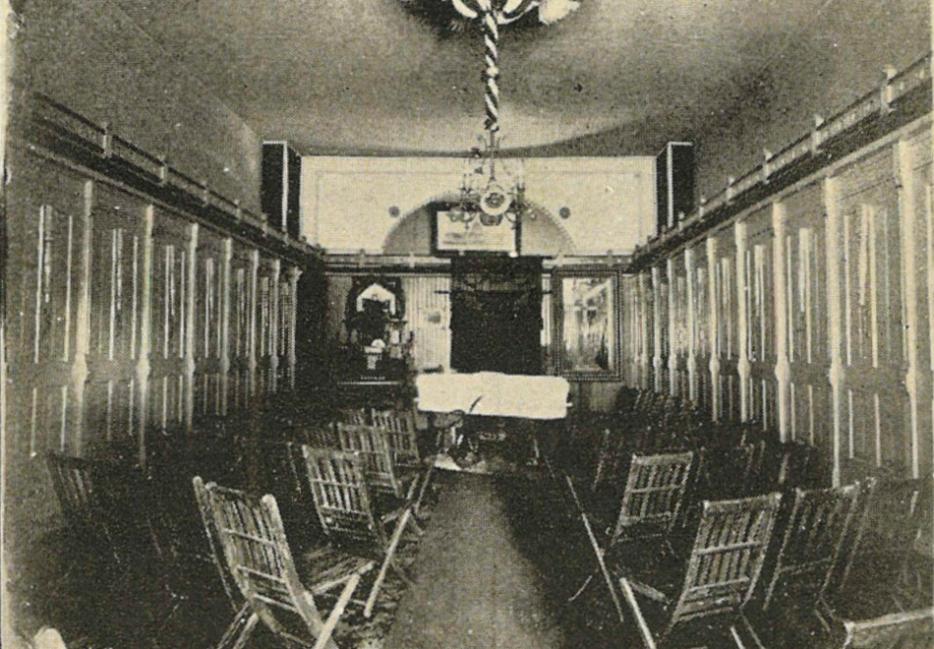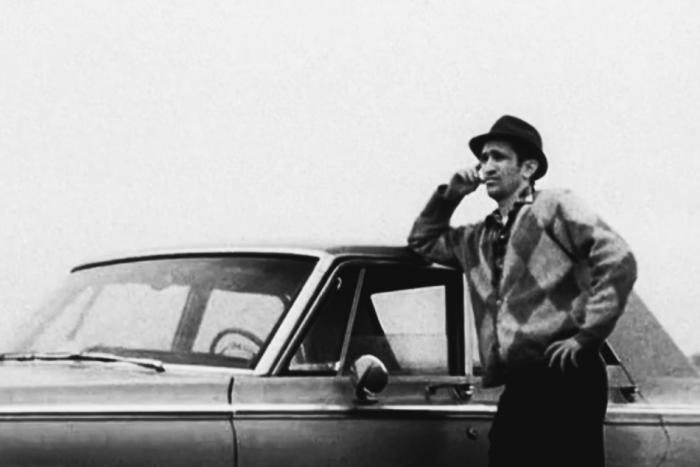The bodies of the passengers of Malaysia Airlines Flight 17 began arriving at Eindhoven airport in the Netherlands yesterday—40 simple wooden coffins unloaded from military transport planes while a single bugle played on the tarmac.
The ceremony marked the end of a trip that had been, to that point, significantly less dignified. Shot out of the sky, the bodies had been left for days in a Ukrainian wheat field while the sun beat down and untrained volunteers, townspeople, and coal miners picked through their belongings. They’d been squabbled over by rebels, packed into black plastic bags, stacked onto refrigerated trains that gave off the powerful stench of decomposition.
For the relatives of the passengers, the delay has been excruciating. “If I have to wait five months for identification, I can do it,” said Silene Fredriksz-Hoogzand, the mother of one of the victims. “Waiting while the bodies were in the field and in the train was a nightmare.”
The desire for survivors to identify the bodies, to bear witness to the remains of their loved ones, is a powerful but little analyzed emotion. Most of us don’t know how to feel about a corpse. The sight is jarring. The body of a loved one is at once intimately familiar and entirely alien—an abject figure that inspires a mixture of love and horror. A body is coupled with a consciousness for a lifetime until, suddenly, it is wrenched violently out of context. How are we supposed to feel about what’s left?
For medical professionals and the other officials who deal directly with the bereaved, this is more than a theoretical question. Protocol around allowing family members to view the body can sometimes seem ad hoc, with open caskets and closed caskets coming in and out of fashion. After a traumatic death, especially, it can be tempting to try to shield families from disturbing images, but there have been few systematic studies that have looked at the grieving process and exactly how people relate to the remains of their loved ones.
From 2007 to 2008, British researchers conducted extensive interviews with 80 people who had lost family and close friends to traumatic death. An interviewer sat down with widows and widowers, parents of children who had committed suicide or been killed in Iraq, and talked to them for hours about their experiences. The study, published in 2010 in the medical journal BMJ, offers an intimate look at the complex, sometimes contradictory attitudes people have towards the bodies of their loved ones.
Of the 80 people researchers spoke with, most chose to see the body. Their reasons for doing so were varied. For some, seeing the corpse put a physical image to the “unreality” of a sudden death; the corpse was physical evidence of the unimaginable. Some longed to see their loved one’s body to be sure somebody hadn’t made a terrible mistake. Others did it out of a desire to care for the dead. Parents described wanting to be there for their children. They had been there through every other “important experience,” after all, and death was no different. Despite nervousness about seeing grisly images, the researchers found that when people chose to see the body, very few of them regretted it.
While some people saw the body as an “empty shell,” describing the corpse as “it” or “the body,” others called it by name. Interestingly, for many people, death was a process, not an instantaneous occurrence. When Jayne first saw her murdered husband shortly after his death, she remembered seeing a “young man who was dead.” She sang to him, talked to him.
Later, however, at the mortuary, something had changed. His eye socket looked strange. “Something had happened,” she told the interviewer. “I’m spiritual but I’m not religious. But it struck me when I saw Jon the second time that he wasn’t there. His body was there but Jon wasn’t there.” There seemed to be a point after which a body’s social identity became erased. Some time during the course of that week, Jon had ceased to be Jon. He had become a corpse.
It’s this feeling—that the boundaries between the living and the dead are hazy, that a body’s personhood only fades at some undefined moment after death—that can make the delays around a tragedy like Flight MH17 particularly upsetting. In the air, somewhere between Amsterdam and Kuala Lumpur, the passengers had been teachers and engineers, Newcastle United fans on their way to a match, families coming back from vacation. By the time they make their way home to their loved ones, following weeks of indignities and forensic tests, they will be something else entirely. It’s a transformation, at once unimaginable and entirely inevitable, that demands a witness.
Studies Show runs on Thursdays.






